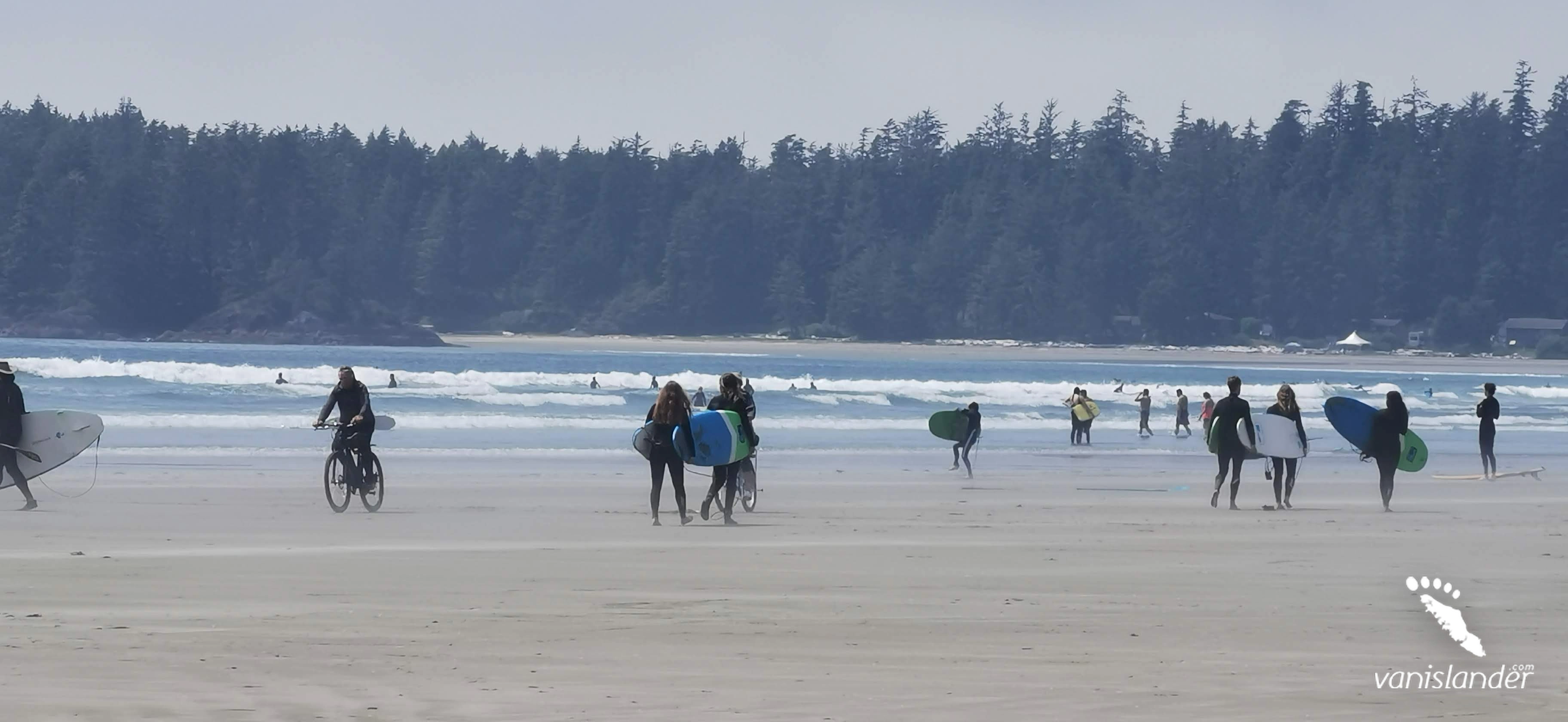Things to do around the Elk Falls Provincial Park Area
Elk Falls Provincial Park offers a convenient and cheap Encampment with full services, and provides large private sites along the Quinsam River and rests in an exceedingly lovely forest setting. It is one of the largest camps in the region and often has points for camps. You can reserve the campground from late March to the end of October. The park offers winter camping too, but with no services.
Elk Falls Provincial Park has multiple hiking trails, which offer fantastic hiking through the old-growth forest. After hiking on the small paths that led to the rocks above the falls, it will be delightful to rest in the sun on the rocks. In the summer, visitors can swim in the Campbell River.
Campbell River is known as the Salmon Capital of the world, and anglers head to the Quinsam and Campbell Rivers to fish for chinook or Coho salmon during late spring and through the summer. Fish species include Cutthroat, Steelhead, Dolly Varden trout, freshwater Sculpin and Chinook, three Spine Stickleback, Chum, Coho, Pink and Sockeye Salmon.
Wildlife in Elk Falls Park includes a variety of birds and small mammals. Golden-crowned kinglets, Great blue herons, Chestnut-backed chickadees, killdeer, Glaucous-winged gulls, crows, and starlings are the most resident bird species in excellent. Mammals include deer, cougars, bears, voles, raccoons, shrews, squirrels, mink, river otters, muskrat and beaver. A beaver dam and pond can be found west of the campground. Roosevelt elk also uses parts of the park for the winter.
Based on the BC Act, Elk Falls Provincial Park is one of the protected areas on Vancouver Island, where you are not allowed to hunt.
